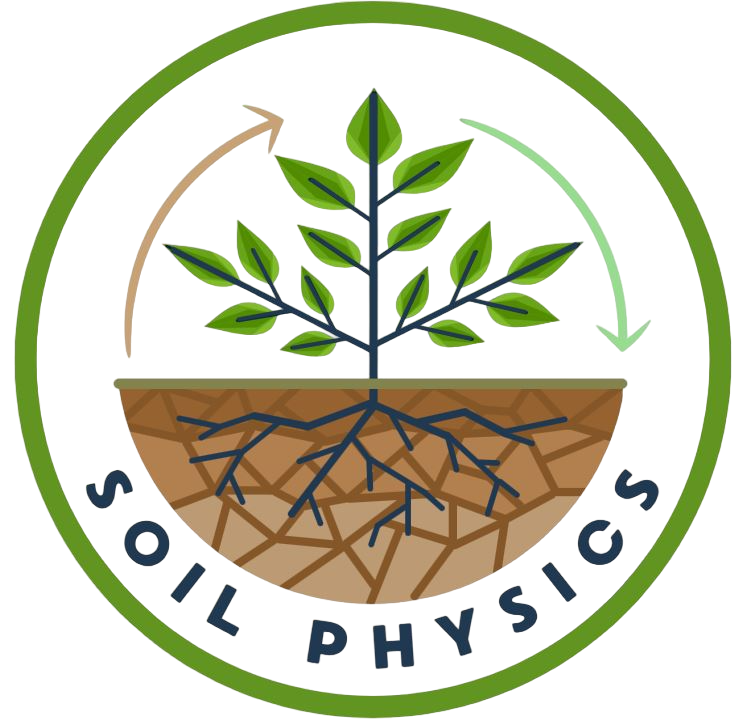| Booling, L; Yang, L; Song, X; Diamantopoulos, E: Identifying surface water and groundwater interactions using multiple experimental methods in the riparian zone of the polluted and disturbed Shaying River, China, Science of the Total Environment (2023), online: 2023-06-01, doi:https://doi.org/10.1016/j.scitotenv.2023.162616 | |
| Abstract: Identifying groundwater (GW)–surface water (SW) interactions in riparian zones is important for assessing the transport pathways of pollutants and all potential biochemical processes, particularly in rivers with artificially controlled water levels. In this study, we constructed two monitoring transects along the nitrogen–polluted Shaying River, China. The GW–SW interactions were qualitatively and quantitatively characterized through an intensive 2-y monitoring program. The monitoring indices included water level, hydrochemical parameters, isotopes (δ18O, δD, and 222Rn) and microbial community structures. The results showed that the sluice altered the GW–SW interactions in the riparian zone. A decrease in river level occurs during the flood season owing to sluice regulation, resulting in discharge of riparian GW into the river. The water level, hydrochemistry, isotopes, and microbial community structures in near-river wells were similar to those in the river, indicating mixing of the river water with the riparian GW. As the distance from the river increased, the percentage of river water in the riparian GW decreased, whereas the GW residence time increased. We found that nitrogen may be easily transported through the GW–SW interactions, acting as a sluice regulator. Nitrogen stored in river water may be removed or diluted by mixing GW and rainwater during the flood season. As the residence time of the infiltrated river in the riparian aquifer increased, nitrate removal increased. Identifying the GW–SW interactions is crucial for water resource regulation and for further tracing the transport of contaminants such as nitrogen in the historically polluted Shaying River. |

